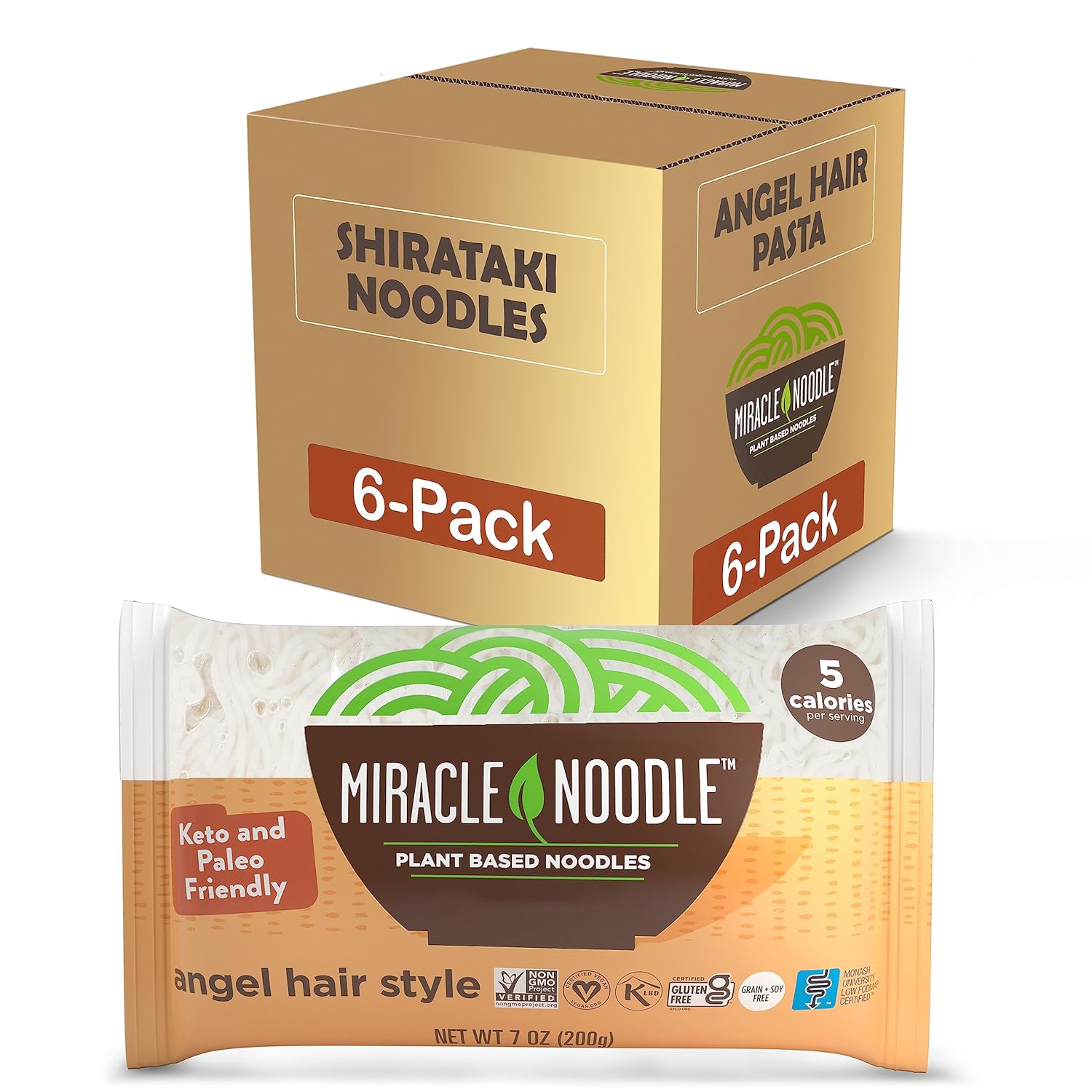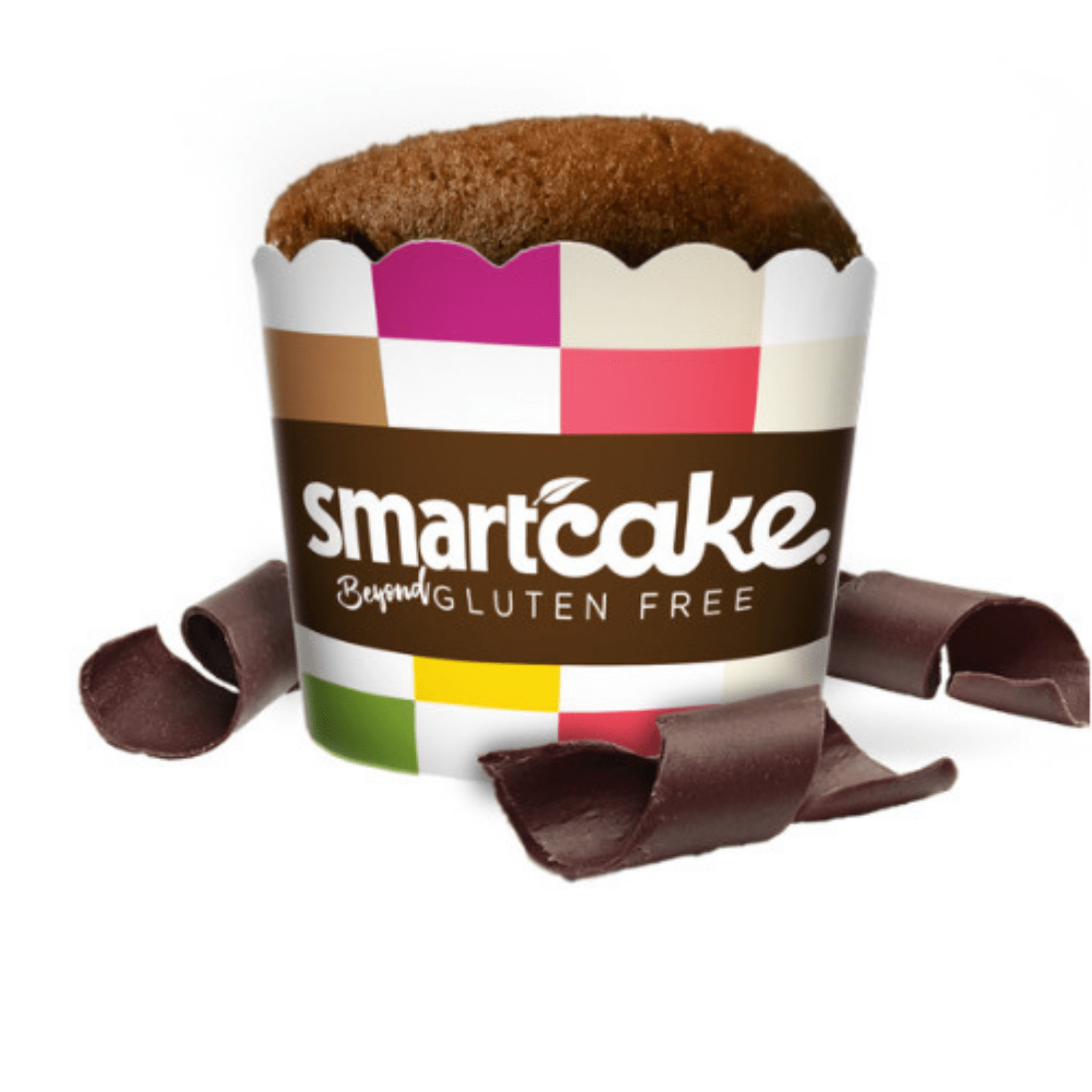One of the latest diet trends is called ‘The Paleo Diet,’ paleo being short for ‘paleolithic,’ referring to the pre-historic era when our cavemen, nomadic ancestors foraged, stalked and hunted their food.
Our distant Paleo kin were thought to be pictures of perfect health, chiseled with Brad Pitt-worthy abs, albeit with slightly more facial and body hair than Pitt.
Modern chronic diseases, such as diabetes and cancer, supporters of the Paleo Diet argue, were mostly absent during the Paleolithic era, a result of food sources being whole, unrefined and unprocessed.
The Paleo Diet’s main philosophy, if you’re not familiar with the concept: avoid grains at all costs (think: breads and other baked goods containing flour, along with pastas and noodles, rice, oats, etc.).
Most grains, the paleo theory posits, were not present during the paleolithic era. As societies evolved into settled, agrarian communities, grains became introduced to feed the growing populations. Modern processing of some of these grains, especially wheat, paleo advocates argue, is responsible for modern, first-world chronic diseases.
But does following a diet adopted by unsophisticated brutes, faced with the threat of daily mauling by sabre-tooth tigers and other beasts, and who would have qualified for AARP membership if they reached the ripe age of 30, make sense?
Is the Paleo Diet suggested for diabetics?
The short answer is, “mostly, yes.”
Nuts, legumes (beans), fruits, vegetables and wild or grass-fed meats are the main staples of the Paleo Diet. These foods are unprocessed, or at most, minimally processed, meaning they are loaded with vitamins, minerals, enzymes, critically important fatty acids and other vital nutrients. (If you’re overweight, do not avoid foods that contain Omega 3 fatty acids like wild salmon; contrary to what you might think, Omega 3’s fats will not make you fat and they are vital to good health and reducing inflammation.)
So, do indeed eat plenty of approved, Paleo-friendly foods, especially if you’re trying to improve your diabetes. Doing so may reduce the chronic inflammation in your body and may help improve your blood sugar levels. But take caution with fruit. Fruit is a sugar and should be, ideally, eaten sparingly, and consumed in the whole variety (eat, for example, a green apple but always avoid apple juice as it has no fiber to keep you full and regular).
Is dairy Paleo-friendly?
Although milk and cheese contain important nutrients like bone-building calcium and are sometimes fortified with Vitamin D (also important for bones and preventing chronic disease), most dairy is heavily processed, i.e. pasteurized. Pasteurization kills all of the beneficial bacteria that help fight off infections. Although it’s beyond the scope of this article, pasteurized and homogenized dairy products can contribute to a vast number of health problems.
If you have access to a farmer’s market, food co-op, or live in one of the few states that allow the sale of unpasteurized dairy, raw milk, cheese and butter can be part of a very healthy diet and has been in traditional societies for centuries.
Modern grains: definitely a ‘Paleo no-no’
If you want to lose weight and reduce the chronic inflammation of your body (achy joints, for example), then adhering to the Paleo requisite to avoid grains is wise, especially modern, processed grains.
Grains, at one time, were a health food, but today’s grains, especially wheat, perhaps the worst offender of processed grains, are stripped of nutrition and can lead to a host of health problems.
The grains that your grandparents and great grandparents consumed are not the same grain of today. Over the last half-century, wheat has changed dramatically in the way it’s produced.
It may seem innocuous why wheat has been genetically modified: to make the strains resistant to devouring insects, droughts and pathogens. But the biggest reason for the modification of this ancient grain is simply to be able to make huge amounts of it.
Eating modern wheat can raise your blood sugar
Because the modern process of treating, or milling flour, results in the stripping of the wheat germ, vitamins, minerals and enzymes are lost in the processing.
In numerous studies, including this one in the Journal of Experimental Botany, wheat, or more accurately: processed wheat, has been shown to raise blood sugar levels.
The study author, a British researcher, concluded, “Most of the starch consumed in the human diet, including wheat starch, is readily digested in the small intestine, resulting in a rapid increase in blood glucose which may contribute to the development of type 2 diabetes and obesity.”
In addition to the potential rapid ride of blood sugar after eating wheat, even whole wheat, this modified grain could be the cause for numerous health conditions, including:
-
cramping
-
nausea
-
intestinal diseases, chronic bowel problems or stomach pains
-
chronic fatigue and sleep difficulty
-
depression
-
memory loss
-
joint pains
The protein in wheat, otherwise known as gluten, could be the cause of these andother symptoms, including infections and autoimmune disorders.
So, diabetics should not eat grains?
For the most part, no, especially not modern wheat products like wheat crackers or wheat bread. But ancient, heirloom grains, which have the same genetic properties generation after generation are fine to eat in limited quantities. Types of heirloom, ancient grains include kamut, spelt, quinoa, amaranth, barley and some brands of rye.
Also, grains that have been soaked and fermented, which release digestive enzymes, helping your bloodstream absorb nutrients, are ok for diabetics to eat in limited quantities as well.
Diabetics would be wise to avoid nearly all flour-based products, especially white flour. But there is one type of noodle and rice that’s comprised of an ancient Japanese flour called ‘konjac’ that is highly recommended for diabetics to eat. Konjac flour is the main ingredient in Miracle Noodle and Miracle Rice, which both have zero net calories and do not raise your blood sugar at all!
The Paleo Diet can be very limiting, although thanks to Miracle Noodle, you can still enjoy your favorite noodle and rice dishes while sticking to a Paleo-friendly diet, all the while improving your diabetes, without the guilt of packing on extra calories and spiking your blood sugar.
Order the Miracle Noodle variety sampler pack now and start losing weight.Save an additional 15% off every order by enrolling in the Miracle Noodle autoship program. Choose which products you want delivered and how often. It’s that simple. Join today!


